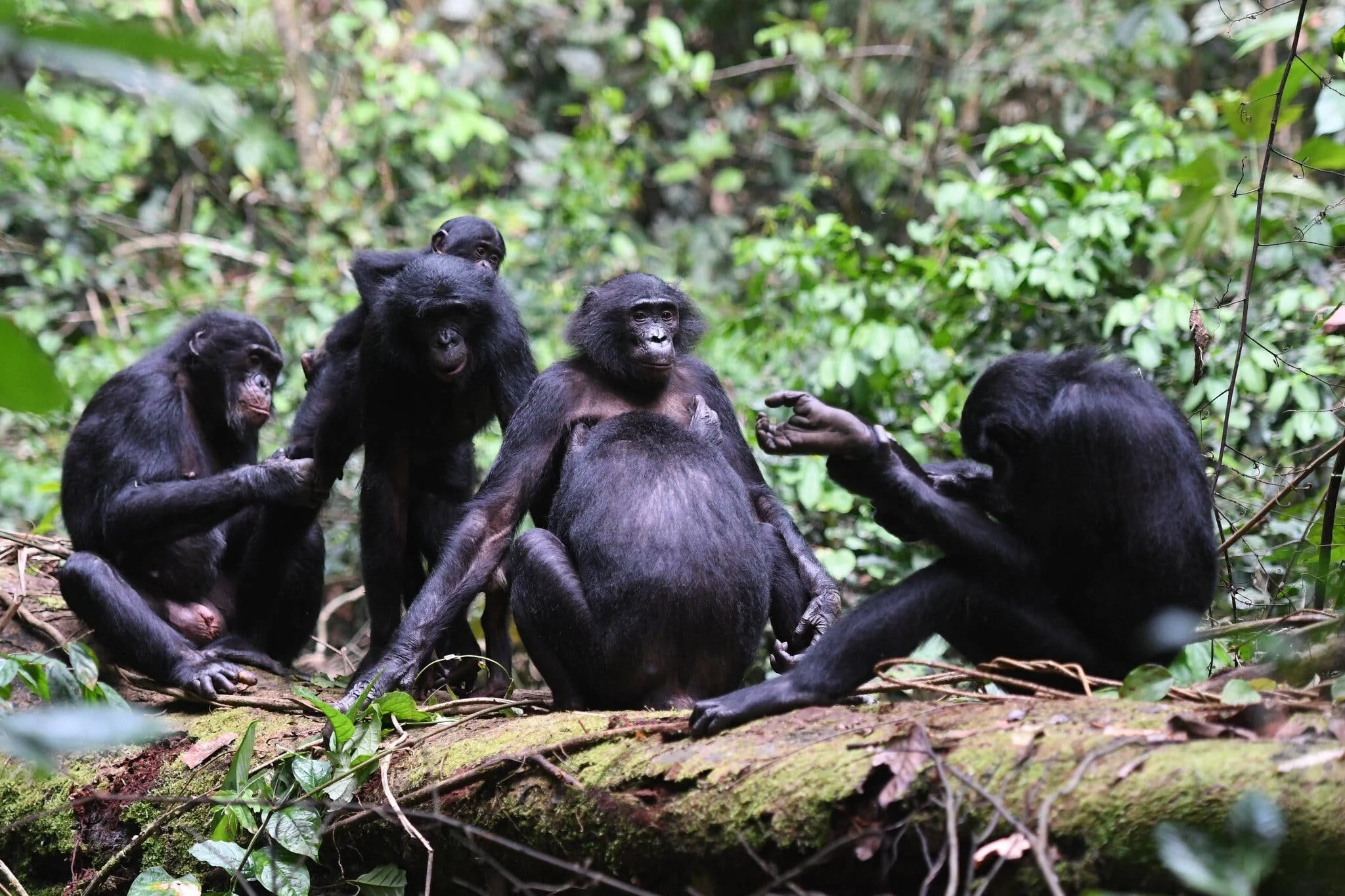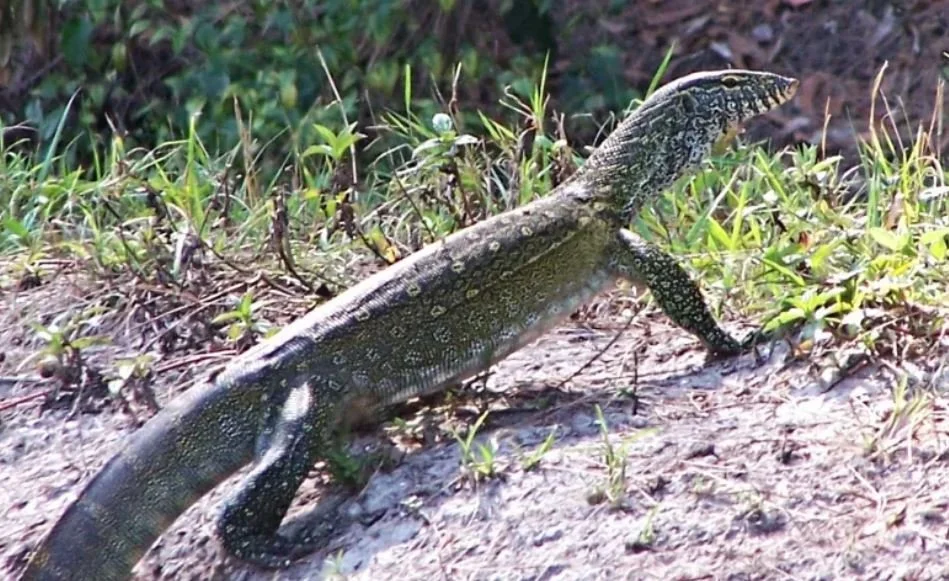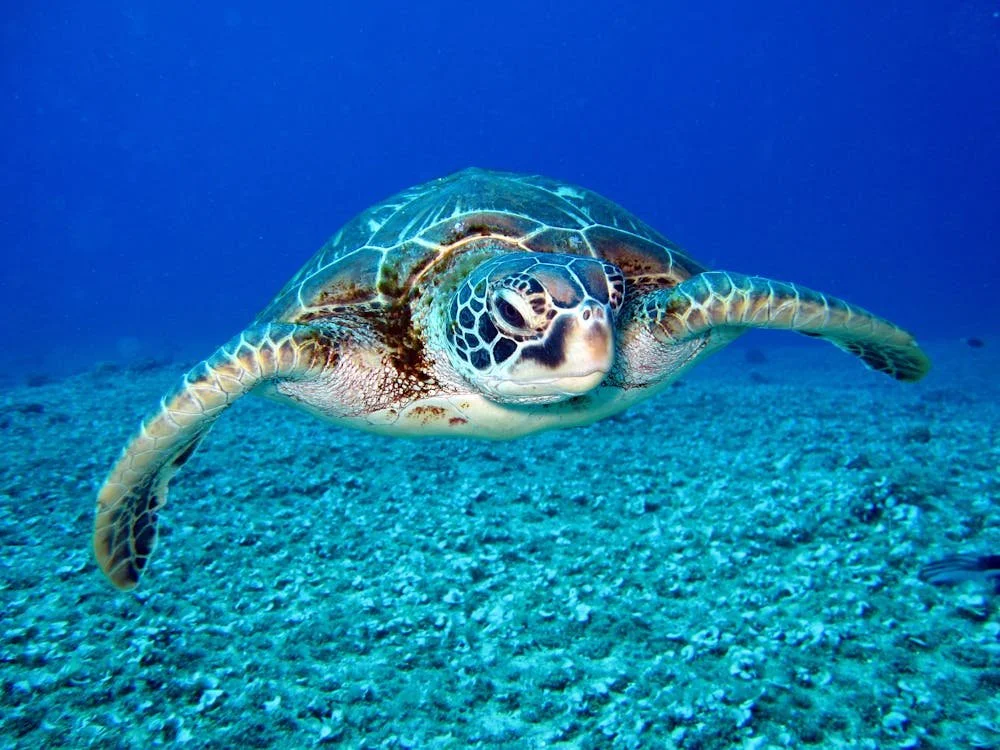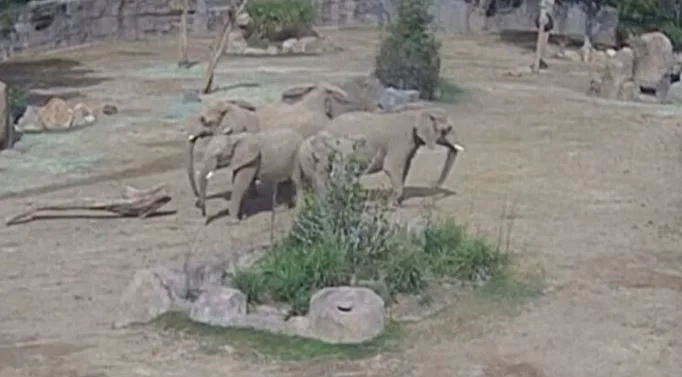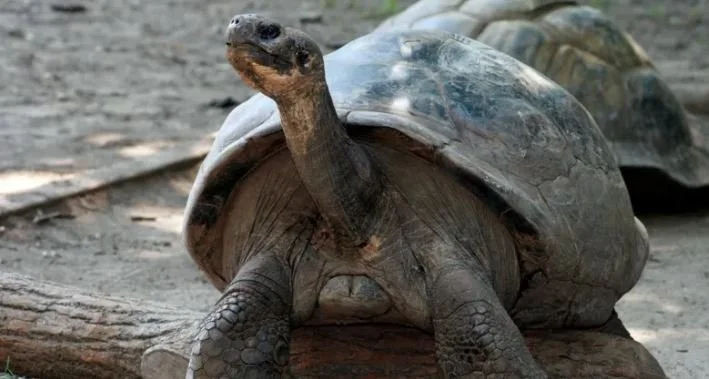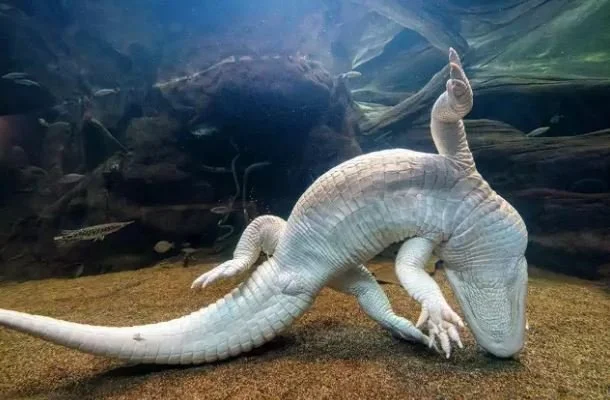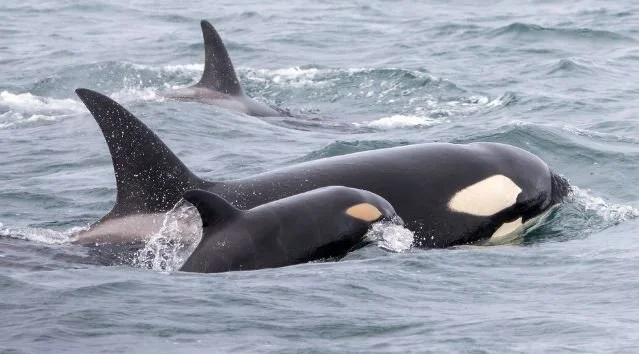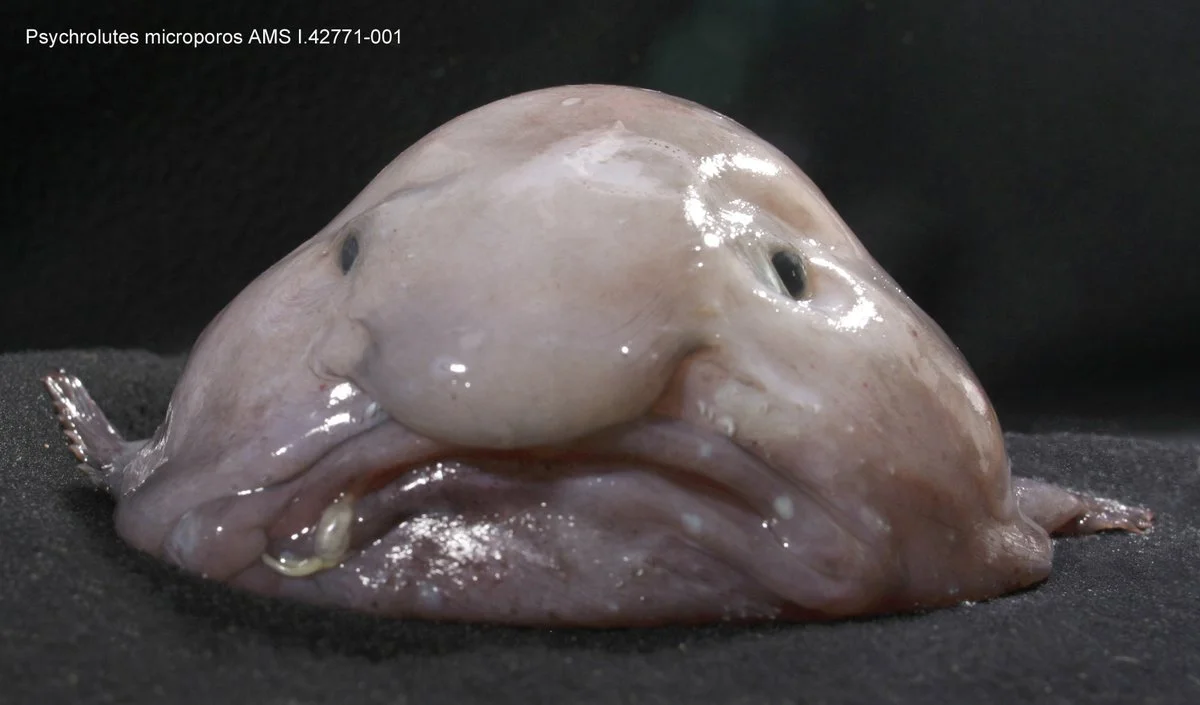In mammalian social groups males tend to dominate, but among one of our closest relatives – the bonobo – it’s females who have the upper hand. Primatologists believe the ladies get and maintain power with a simple tactic: they work together.
Hi.
Welcome to my blog.


